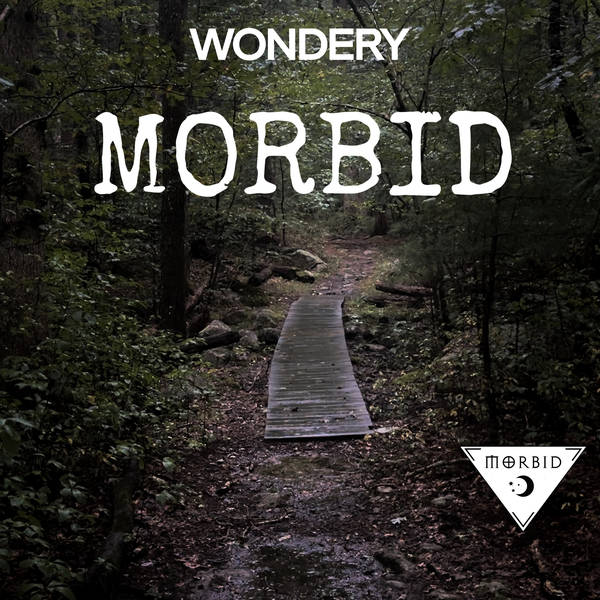
Episode 545: The Career Girl Murders (Part 2)
While the tragic loss of two young lives was particularly shocking, the Career Girl Murders is better remembered as one of the most egregious cases of police coercion and abuse in the state’s history. Eight months after the murder, investigators arrested nineteen-year-old George Whitmore, an intellectually disabled day laborer from whom they elicited a false confession, not only for the murder of Hoffert and Wylie, but also for the murder of a single mother in Brooklyn. Eight more months would pass before the charges against Whitmore were dropped, and several more years before police arrested Wylie and Hoffert’s real killer, twenty-two-year-old drug addict and burglar Richard Robles.
The murders of Emily Hoffert and Janice Wylie were just two of several high-profile New York City murders that reshaped how wealthy and middle-class white people thought of urban life in the 1960s. More importantly, however, it’s more important legacy is the extent to which it shined a light on how race and class can influence a police investigation and jury verdict, and how justice can be delayed or diverted in the interest of efficiency and the illusion of safety.
References
Anderson, David. 1965. "Jury that convicted Whitmore to be questioned on race bias." New York Times, January 15: 19.
Bigart, Homer. 1963. "Killing of 2 girls yields no clue; police question 500 in a month." New York Times, September 27: 1.
Buckley, Thomas. 1964. "Youth is accused in Wylie slaying." New York Times, April 26: 1.
Clark, Alfred E. 1963. "Girl got phone threats 10 days before murder." New York Times, August 30: 13.
Gansberg, Martin. 1964. "East Side tenants sigh in relief at capture of slaying suspect." New York Times, April 27: 21.
Johnson, Marilynn S. 2011. "The Career Girl Murders: Gender, Race, and Crime in 1960s New York." Women's Studies Quarerly (The Feminist Press at City University of New York) 244-261.
Jones, Theodore. 1965. "Jury finds Robles guilty in Wylie-Hoffert killings." New York Times, December 2: 1.
—. 1965. "Witness says Robles pondered murdering girls." New York Times, November 4: 40.
Kihiss, Peter. 1964. "Brooklyn indicts 3-slaying suspect." New York Times, April 29: 48.
Lefkowitz, Bernard, and Ken Gross. 1969. The Victims: The Wylie-Hoffert Murder Case and its Strange Aftermath. New York, NY: Putnam.
National Registry of Exonerations. n.d. George Whitmore, Jr. Accessed January 17, 2024. https://www.law.umich.edu/special/exoneration/Pages/casedetailpre1989.aspx?caseid=358.
New York Times. 1963. "2 girls murdered in E. 88th St. flat." New York Times, August 29: 1.
—. 1975. "Max Wylie, writer, murder victim's father, is suicide." New York Times, September 23: 24.
—. 1946. "Suspect in slaying of 2 career girls found sane here." New York Times, October 17: 31.
—. 1964. "Whitmore guilty of rape attempt in Brooklyn case." New York Times, November 19: 43.
Roth, Jack. 1965. "Trial fading out in Wylie murder." New York Times, January 22: 17.
The People of the State of New York, v. Richard Robles. 1970. 27 N.Y.2d 155 (Court of Appeals of the State of New York, September 24).
Tolchin, Martin. 1964. "Victim describes Brooklyn attack." New York Times, November 13: 30.
See Privacy Policy at https://art19.com/privacy and California Privacy Notice at https://art19.com/privacy#do-not-sell-my-info.
